Importance of Dew-point in a Grow Room
What is Dew Point?
The dew point is the point at which air becomes saturated with water vapor, forcing the water to condense from a gas form into liquid. Basically, it’s the temperature at which water begins to appear.
How Dew Point works
There is a tight relationship between temperature and relative humidity. If the temperature is constant, we can reduce the relative humidity by removing water vapor from the air. This would stop the appearance of water. But when temperature changes, relative humidity levels also change. Hotter air can contain more water than colder air. When temperatures rise, relative humidity drops, reducing condensation. Water condensation can be managed and prevented through control of humidity and temperatures, such as with Anden's Dehumidifier.
How to calculate Dew Point
The following graph represents the dew point as a function of RH at a given air temperature: dew point as a function of RH at a given air temperature.
This graph represents 70% RH. You can notice that at an air temperature of 70°F (bottom axis), the graph aligns with 60°F dew point temperature (left axis). This means that if your greenhouse air is currently at 70% relative humidity at 70°F, you can go as low as 60°F before liquid water begins to appear. If any one surface in the growing facility reaches 60°F or below, water will condense on it. Cooler surfaces are typically ceilings and walls, which have greater contact with the outdoors, as well as metal pipes and railings, or as we mentioned earlier, the plants themselves. Having the correct setting of humidification / dehumidification within your growing facility is one of the most important variables of being successful. There are many factors that come into play.
- The amount of plants per room
- The desired temperatures
- Cubic feet
- Outside humidity and temperatures can affect the indoor climate.

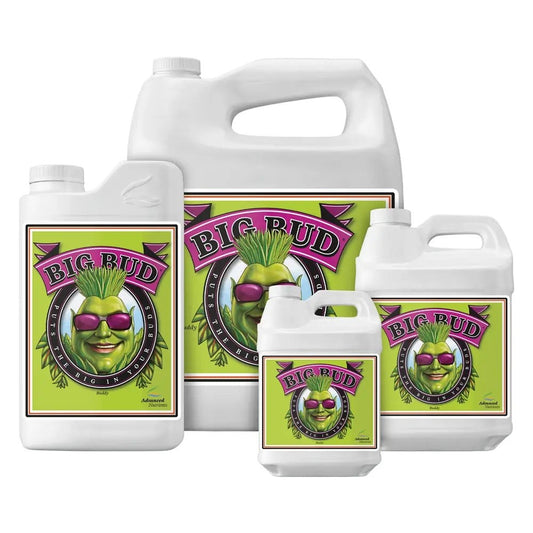
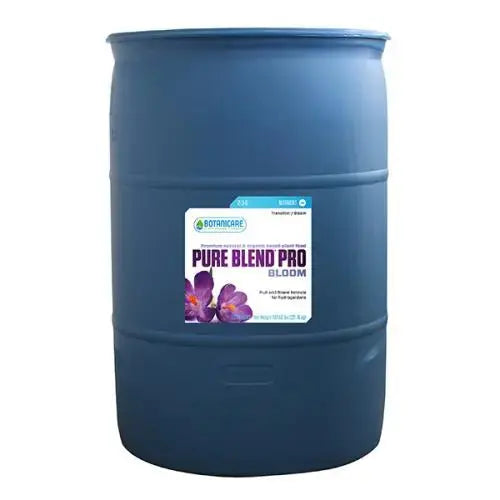
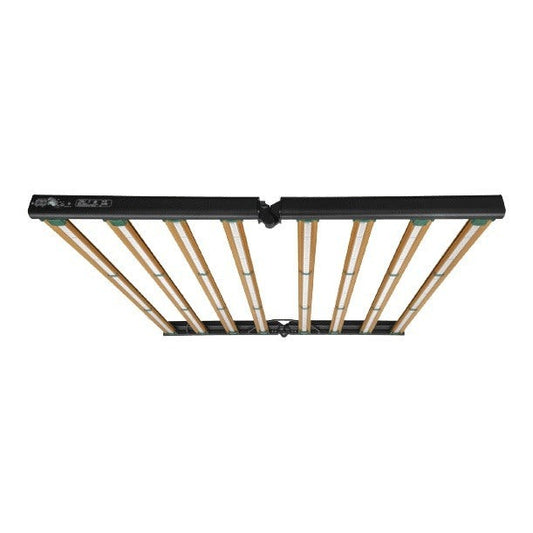


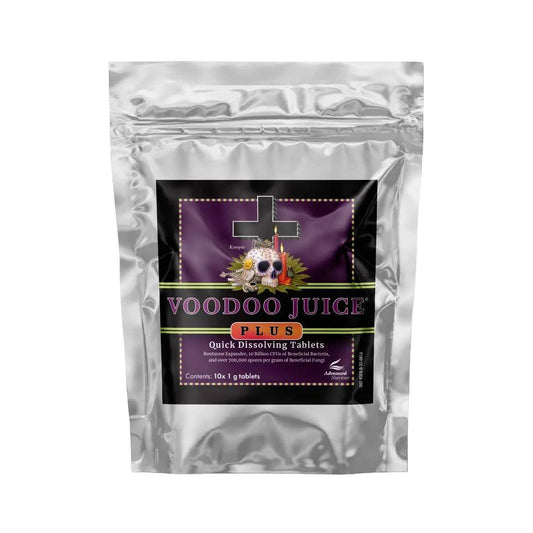
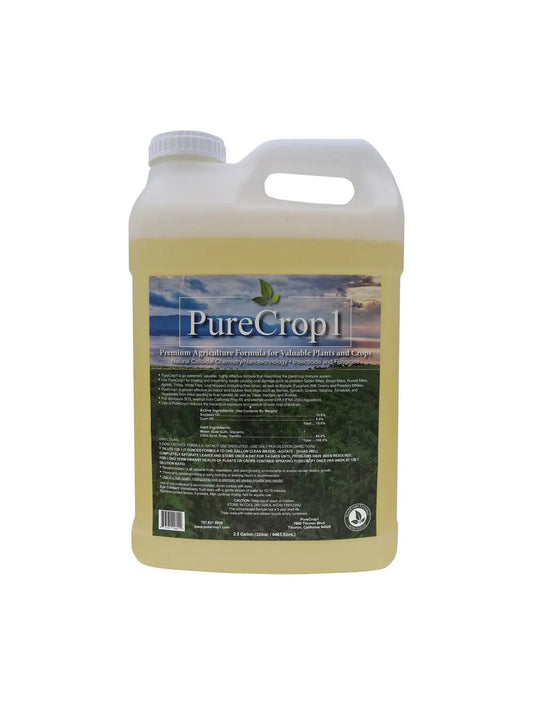
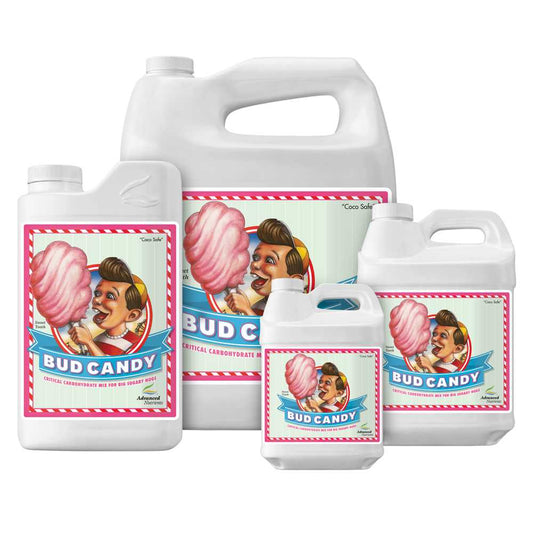

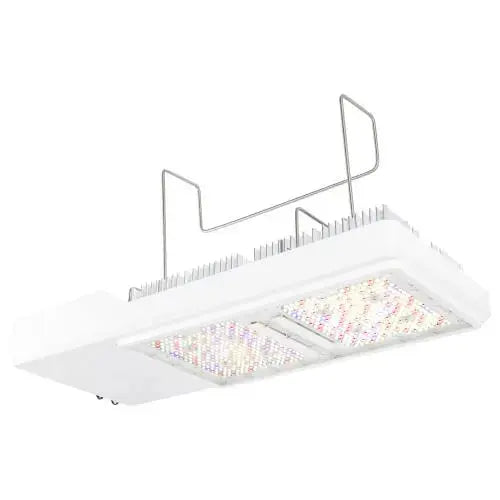
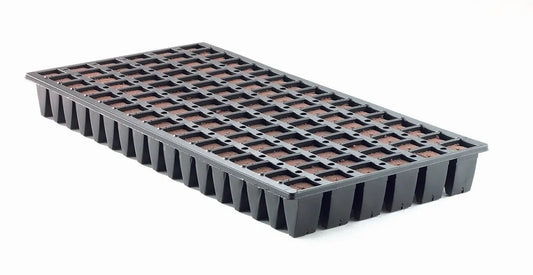
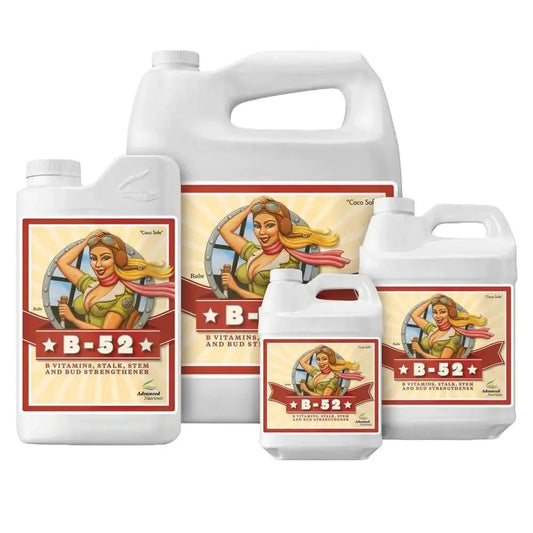
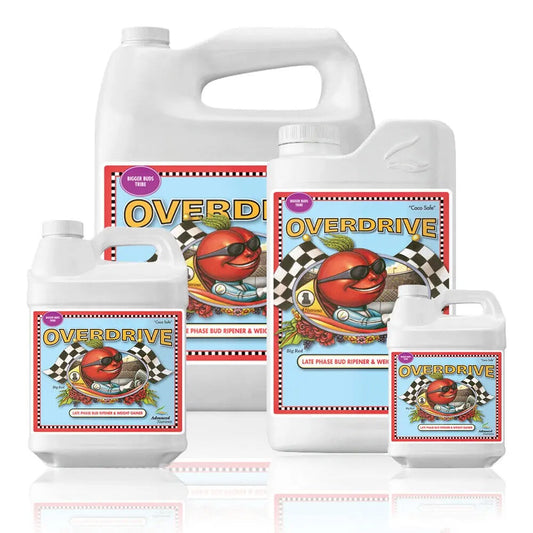

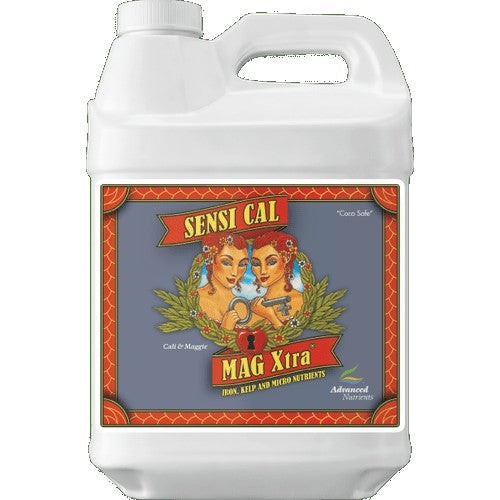

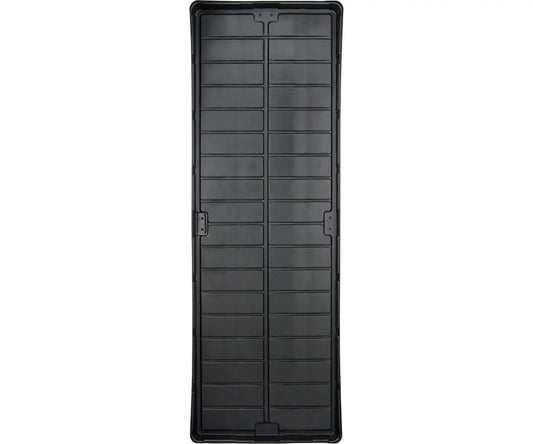
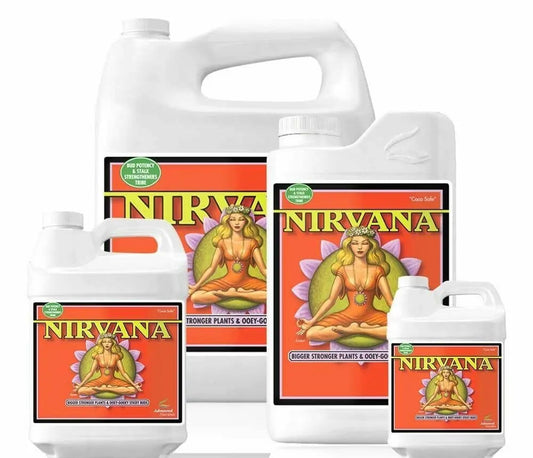
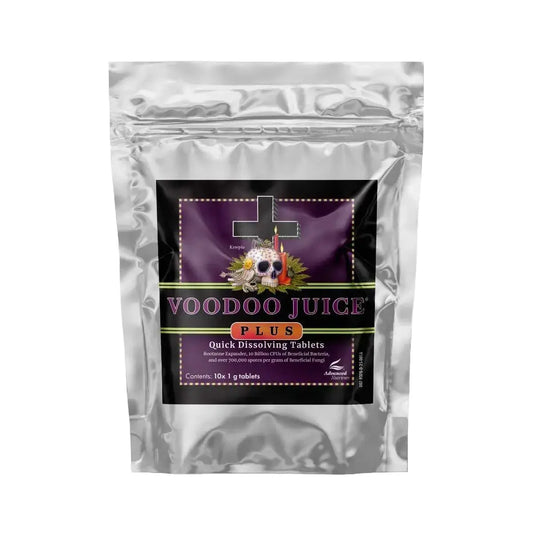
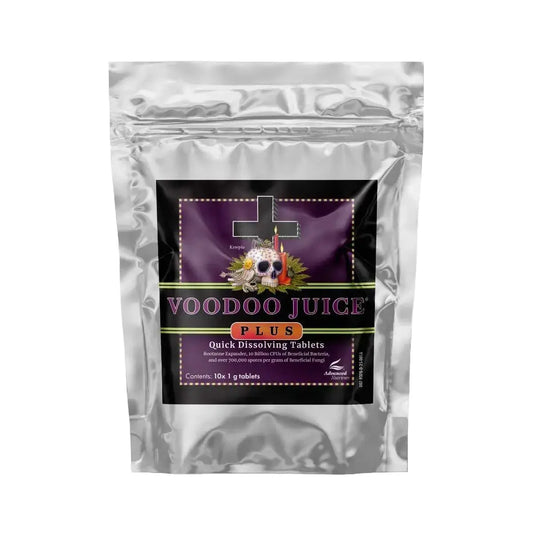
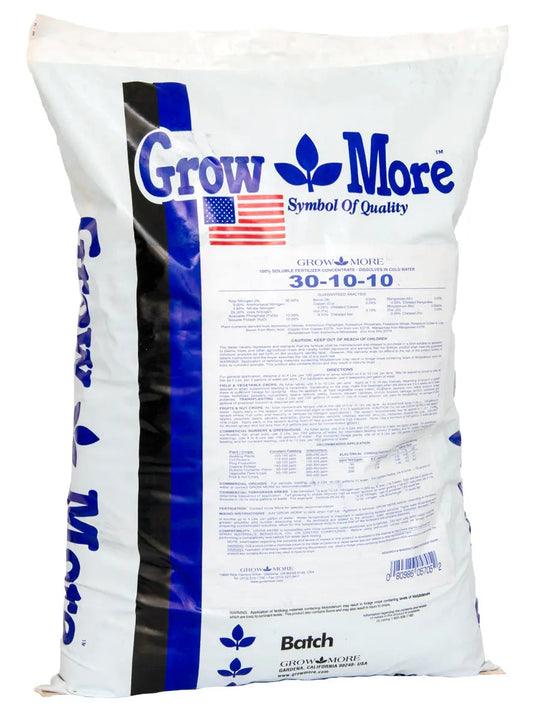
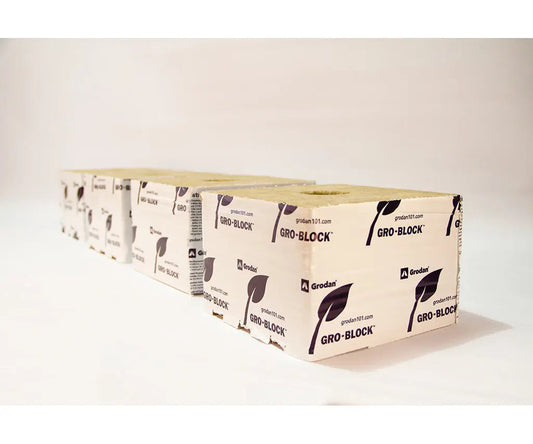
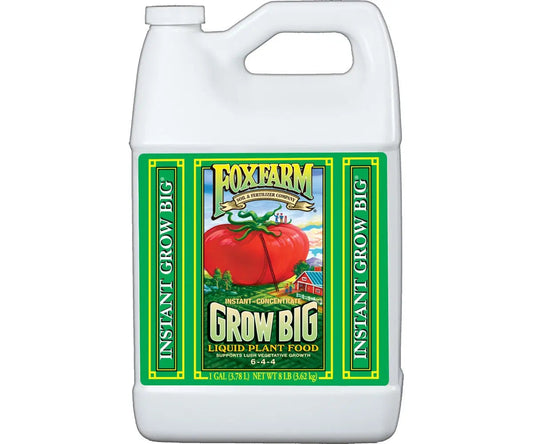
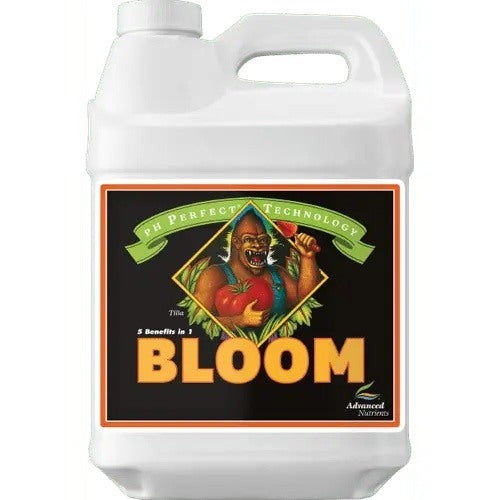
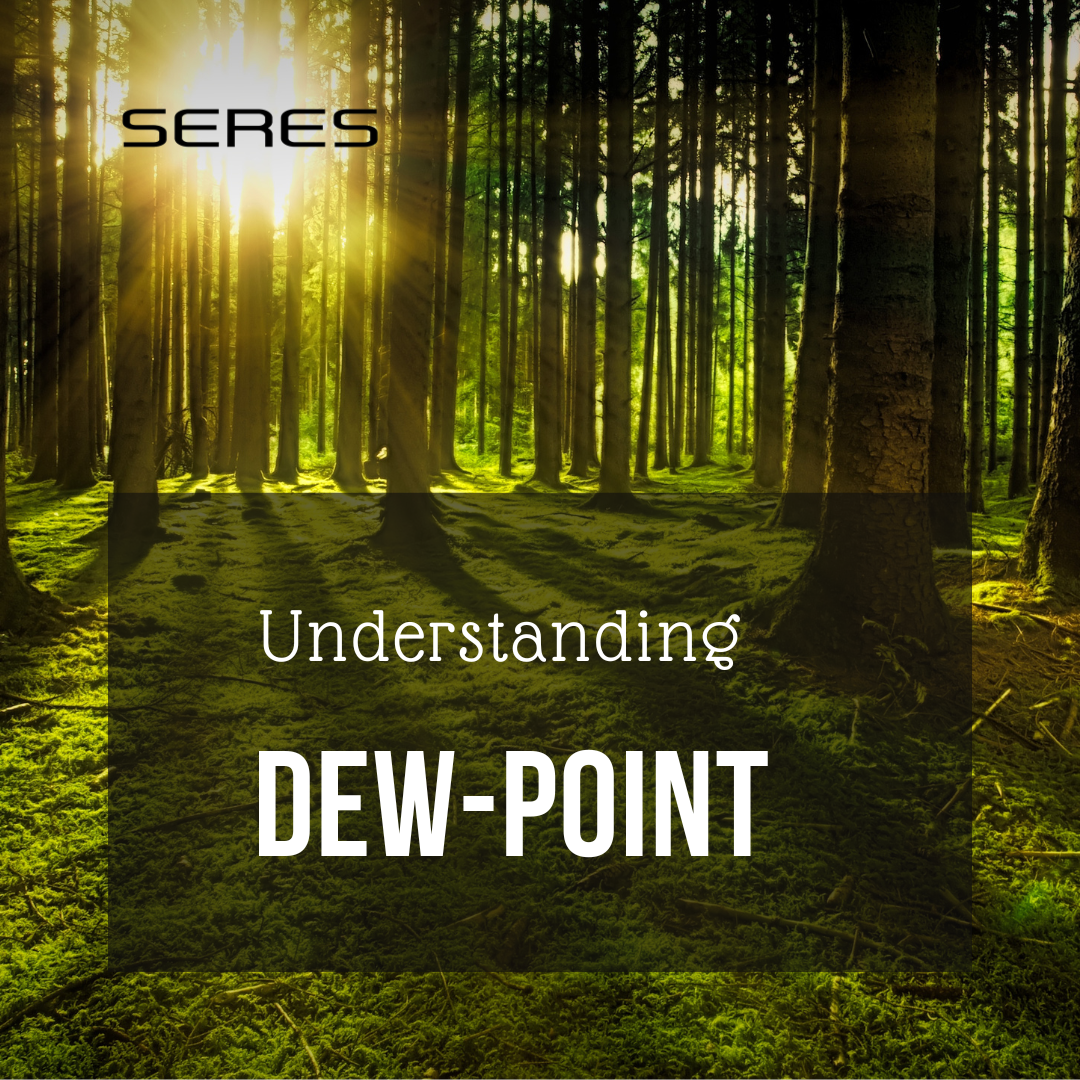
Leave a comment
Please note, comments need to be approved before they are published.